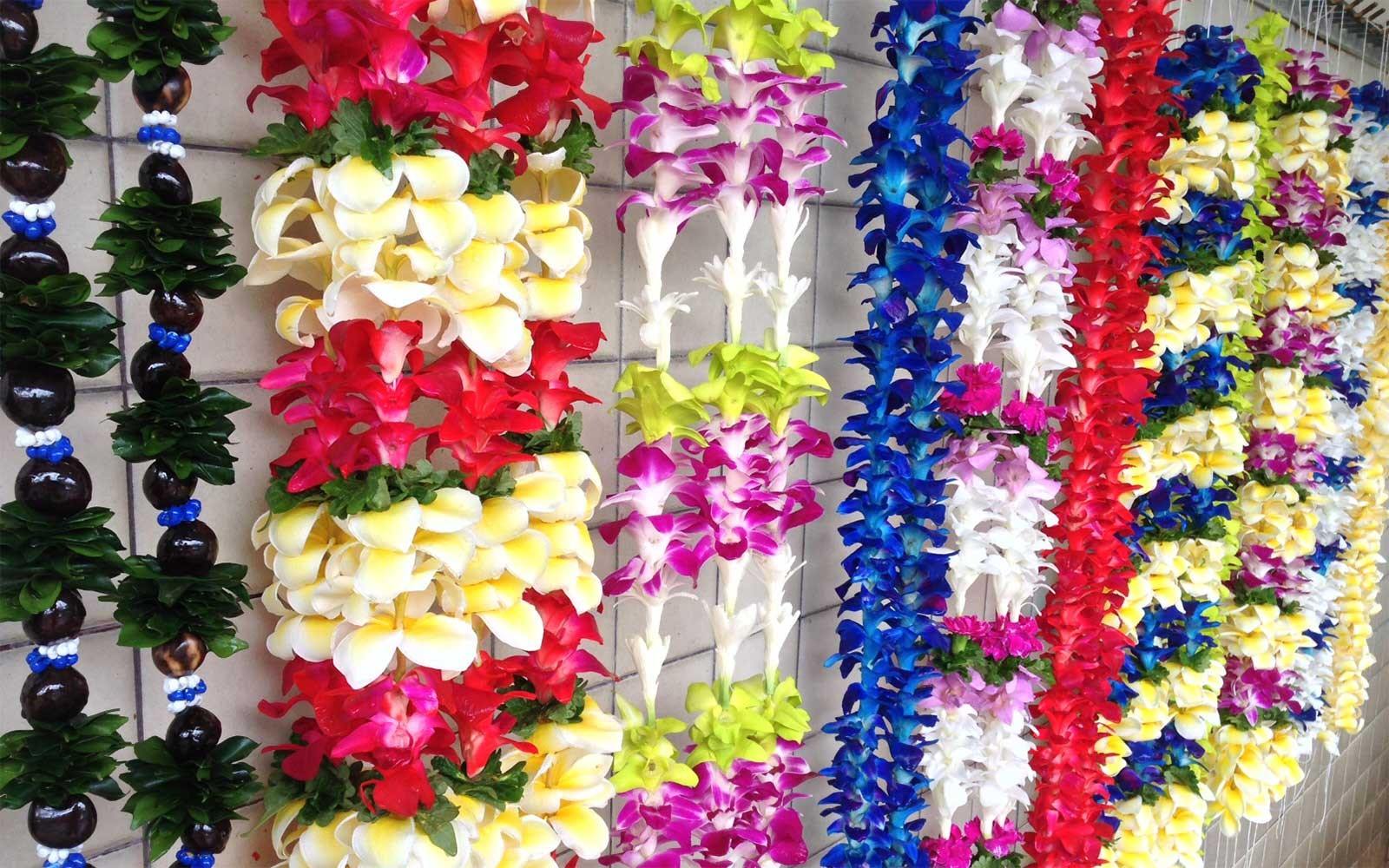
Ever wondered why May 1st sparks a wave of color and fragrance in Hawaii every year? Lei Day is the answer, a vibrant celebration that honors Hawaiian culture and the art of lei making. But what's the story behind this unique holiday, and why do people across the islands participate with such enthusiasm? From its inception in the 1920s to becoming an integral part of Hawaiian heritage, Lei Day is more than just a day for flowers; it's a symbol of aloha, unity, and the beauty of sharing. With traditions that include lei-making competitions, hula performances, and the crowning of the Lei Queen, this day offers a fascinating glimpse into the heart of Hawaii. Ready to dive into a sea of petals and learn 11 captivating facts about Lei Day? Let's unravel the lei of mystery surrounding this enchanting celebration.
Key Takeaways:
- Lei Day is a special Hawaiian celebration on May 1st, honoring love and culture through lei-making and wearing. It's a tradition since 1927, with festivities including hula performances and the crowning of a Lei Queen.
- Lei Day holds deep significance in Hawaiian culture, symbolizing love, respect, and hospitality. It's a reminder of the importance of community and tradition, showcasing the natural beauty of the islands.
What is Lei Day?
Lei Day is a unique Hawaiian celebration that honors the aloha spirit and the culture of the islands through the making and wearing of lei, a symbol of love, friendship, and respect. This special day falls on May 1st each year, marking a tradition that has been celebrated since 1927. On Lei Day, communities come together to celebrate Hawaiian culture through music, dance, and lei-making competitions.
The Origins of Lei Day
-
Lei Day was first proposed in 1927 by poet Don Blanding. His idea was to dedicate a day specifically for celebrating the Hawaiian custom of making and wearing lei. Grace Tower Warren, another local writer, suggested that the holiday be celebrated on May 1st, coinciding with May Day. She is also credited with the phrase, "May Day is Lei Day in Hawaii," which has become synonymous with the celebration.
-
The first Lei Day was celebrated in 1928 in Honolulu. It started as a small affair but has grown into a state-wide celebration. Schools, businesses, and communities across the islands participate in festivities that include lei-making contests, hula performances, and the crowning of a Lei Queen and her court.
Traditions of Lei Day
-
One of the most cherished traditions of Lei Day is the making and giving of lei. It's a gesture that symbolizes love, respect, and aloha. People spend hours, sometimes days, crafting intricate lei from flowers, leaves, shells, and even feathers to exchange with friends, family, and even strangers.
-
Lei Day celebrations often include hula performances, where dancers tell stories through movement and music, all while adorned with beautiful lei. These performances are a highlight of Lei Day festivities, showcasing the rich cultural heritage of Hawaii.
-
Another significant tradition is the Lei Day Court. Each year, a Lei Queen and her court are selected to represent Hawaiian values and culture. They participate in various events, wearing traditional attire and, of course, lei.
Lei Day Across the Islands
-
While Lei Day originated on Oahu, it is now celebrated throughout the Hawaiian Islands. Each island has its own unique celebrations, but the spirit of aloha and the practice of lei-making and giving unite them.
-
On the Big Island, for example, the Merrie Monarch Festival, which starts the week following Easter and culminates in a hula competition, often coincides with Lei Day celebrations, adding to the festive atmosphere.
-
Maui is known for its Lei Day Heritage Festival, which features lei-making workshops, music, and cultural demonstrations, allowing visitors and locals alike to immerse themselves in the traditions of Lei Day.
The Significance of Lei in Hawaiian Culture
-
Lei hold a deep significance in Hawaiian culture. They are more than just decorations; they are a symbol of connection, a way to express love, respect, and hospitality. This tradition of lei-making and giving is a cherished part of Hawaii's cultural heritage.
-
The practice of lei-making is also an art form that has been passed down through generations. It requires skill, patience, and creativity, showcasing the natural beauty of the islands' flora and fauna.
-
Lei Day serves as a reminder of the importance of community and tradition in Hawaiian culture. It's a day to celebrate the beauty of the islands, the warmth of the aloha spirit, and the bonds that lei represent.
A Final Lei of Thoughts
Lei Day, celebrated on May 1st, is more than just a day; it's a vibrant expression of Hawaiian culture and the spirit of aloha. From the crafting of beautiful leis to the performances of hula and the sharing of music, this day brings people together, fostering a sense of community and appreciation for the rich heritage of Hawaii. Whether you're in the islands or celebrating from afar, embracing the traditions of Lei Day offers a unique opportunity to connect with the values of love, respect, and unity. So, next time May rolls around, remember to share a lei, spread some aloha, and immerse yourself in the beauty and warmth of this special Hawaiian celebration. It's a perfect way to honor the islands' history and traditions while making lasting memories with friends and family.
Frequently Asked Questions
Was this page helpful?
Our commitment to delivering trustworthy and engaging content is at the heart of what we do. Each fact on our site is contributed by real users like you, bringing a wealth of diverse insights and information. To ensure the highest standards of accuracy and reliability, our dedicated editors meticulously review each submission. This process guarantees that the facts we share are not only fascinating but also credible. Trust in our commitment to quality and authenticity as you explore and learn with us.


